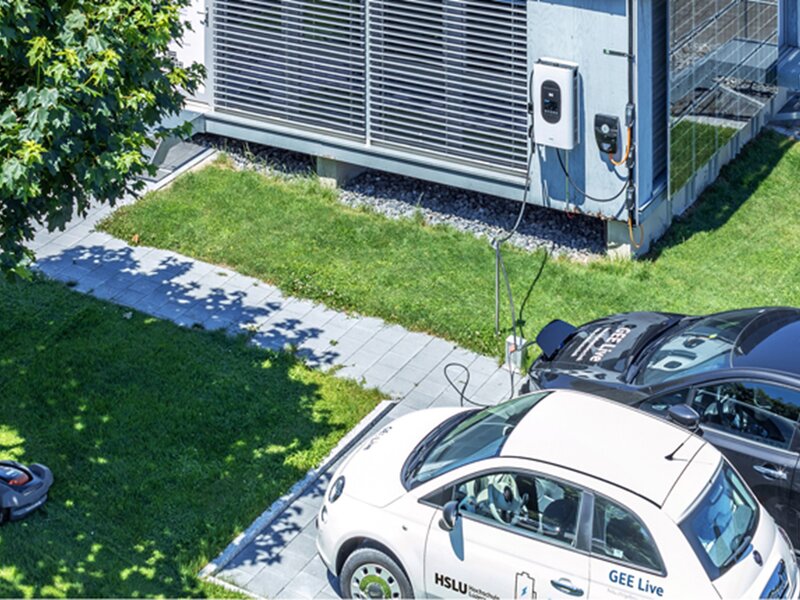HSLU researches bidirectional charging
Lucerne - Two projects at Lucerne University of Applied Sciences and Arts (HSLU) are investigating how to scale up bidirectional charging. One project is teaming up with e-fleet operators, while the other is researching the prerequisites for privately used charging stations.
In a press release, the HSLU writes that solar power and e-mobility are a dream pairing both for individual users and for the entire electricity grid. In two projects, researchers at the university are investigating how the use of e-vehicle batteries for the electricity grid, known as bidirectional charging, could be scaled up. Bidirectional charging not only helps increase self-consumption but can also provide balancing energy for the power grid.
Antonios Papaemmanouil’s project is focused on this stabilization of the power grid. The Head of the Institute of Electrical Engineering at HSLU says: «Despite progress made in pilot projects worldwide, there are still gaps around implementation of solutions.» Papaemmanouil’s researchers are working with e-fleet operators to investigate the optimal integration of e-mobility into existing energy systems.
Roger Buser’s project is looking at the conditions that must be met in order to attract sufficient numbers of private individuals to bidirectional charging. The required charging stations are currently still «up to five times more expensive than traditional ones», explains HSLU’s solar power expert. According to research carried out by his group, potential users expect the system to be easy to use and to include an option to set a discharging limit. They also want to see a guarantee against shorter battery life. The researchers themselves cite standardized interfaces for integration of charging stations as a necessary prerequisite.

